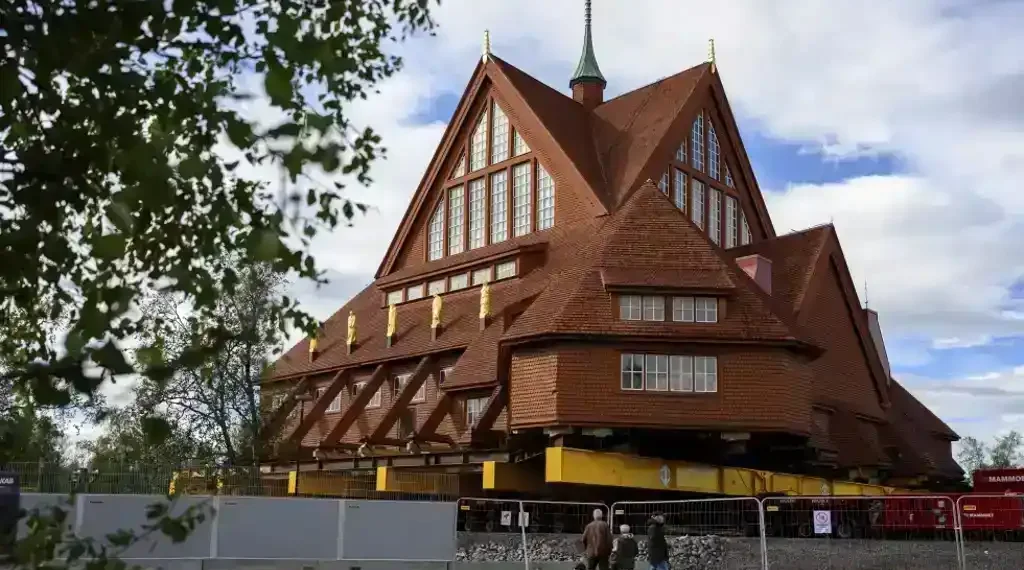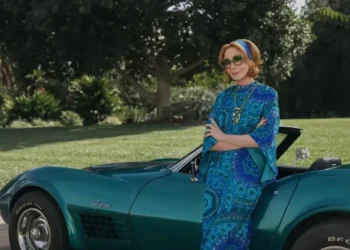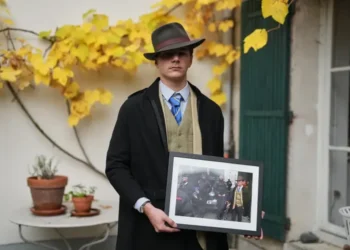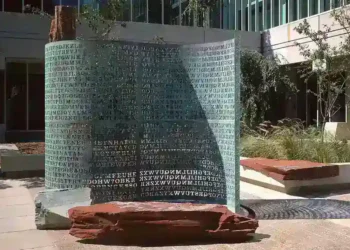Kiruna Church Begins Historic 3-Mile Move to Safeguard Town from Mining Expansion
Published Time: 08-19-2025, 14:00
In a rare engineering and cultural feat, Sweden’s iconic Kiruna Church is being moved three miles east to a new city center. The relocation protects the historic wooden structure from the encroaching LKAB iron-ore mine while drawing crowds of locals, tourists, and media from around the world.
A Beloved Landmark on the Move
KIRUNA, Sweden — Kiruna Church, known locally as Kiruna Kyrka, began its journey this week along a carefully planned 5-kilometer (3-mile) route to a newly established city center. The relocation is part of a larger effort to move Kiruna’s downtown away from the world’s largest underground iron-ore mine, which threatens to destabilize the town.
Thousands of spectators have arrived in Kiruna, Sweden’s northernmost town, located roughly 200 kilometers (124 miles) above the Arctic Circle. Home to around 23,000 residents, including the Indigenous Sami people, Kiruna spans nearly 19,500 square kilometers (7,528 square miles) and has become a focal point for cultural preservation and engineering innovation.
Lena Tjärnberg, vicar of Kiruna Church, blessed the historic move Tuesday morning, marking the beginning of a two-day journey set to conclude Wednesday afternoon.
Historical Significance of Kiruna Church
Built in 1912 and perched on a hill to overlook the town, Kiruna Church is a Swedish Lutheran wooden structure inspired by Sami architectural traditions. It was gifted to the town by LKAB, the state-owned mining company, in recognition of the community’s significance.
In a 2001 poll organized by Sweden’s Ministry of Culture, the church was voted the “best building of all time, built before 1950,” highlighting its national cultural value. Its neo-Gothic exterior makes it the town’s most recognizable landmark, attracting tourists even before its temporary closure last year in preparation for the move. The church is scheduled to reopen in its new location by the end of 2026.
“The last day you go down the stairs and close the church door, you know it’s going to be several years before you can open it — and in a new place,” Tjärnberg said, reflecting on the bittersweet final service at the original site.
A Spectacle of Culture and Engineering
The relocation has become a highly choreographed media event, organized by LKAB and featuring a visit from King Carl XVI Gustaf of Sweden. Musical performances are also part of the celebration, including a set by KAJ, Sweden’s 2025 Eurovision entry.
Swedish national broadcaster SVT is livestreaming the event under the name “The Great Church Walk”, capitalizing on the popularity of its previous nature-focused series, “The Great Moose Migration.”
Kiruna’s northern location, famous for both the Midnight Sun and the Northern Lights, makes it a year-round tourist destination. Attractions include the Aurora Sky Station, the Icehotel, and Kebnekaise, Sweden’s tallest mountain. Visitors from around the world, including British tourists Anita and Don Haymes, have made special trips to witness the church’s historic relocation.
“It’s an amazing feat that they are doing,” Anita Haymes said. “It’ll be interesting to see it moving, unbelievable.”
Not all residents share the excitement. Lars-Marcus Kuhmunen, chairman of a local Sami reindeer herding organization, warned that LKAB’s expansion plans could disrupt reindeer migration and affect local livelihoods.
Engineering the Move
The broader plan to relocate Kiruna’s town center has been underway since 2004. As the LKAB mine expanded underground, cracks appeared in buildings and roads, prompting authorities to gradually move the town to a safer location.
By July 2025, 25 buildings had already been relocated eastward, with 16 remaining, including Kiruna Church.
At approximately 40 meters (131 feet) wide and weighing 672 metric tons (741 tons), the church required significant engineering adjustments. Roads were widened from 9 meters to 24 meters (30 to 79 feet), and a viaduct was dismantled to allow for the church’s passage.
A specialized driver controls the church’s movement using a large control box, guiding it along the route at speeds ranging from 0.5 to 1.5 kilometers per hour (0.31 to 0.93 miles per hour). Each day, the team pauses for fika, the traditional Swedish coffee break, before continuing.
LKAB project manager Stefan Holmblad Johansson has declined to disclose the total cost of the move, emphasizing the operation’s complexity and cultural importance rather than financial considerations.
Preserving Heritage Amid Mining Expansion
The relocation of Kiruna Church illustrates a delicate balance between industrial progress and cultural preservation. While the LKAB mine is vital to Sweden’s economy, its expansion has necessitated unprecedented urban planning and engineering solutions.
For the residents of Kiruna, the move represents both an end and a beginning — a farewell to familiar streets and a hopeful step toward a new city center that safeguards the town’s heritage.
As Kiruna Church slowly rolls eastward, it serves as a symbol of Swedish ingenuity, resilience, and respect for cultural landmarks.
Source; AP News – This Swedish church is moving 3 miles down the road. It’s relocating before a mine swallows the town
This article was rewritten by JournosNews.com based on verified reporting from trusted sources. The content has been independently reviewed, fact-checked, and edited for accuracy, neutrality, tone, and global readability in accordance with Google News and AdSense standards.
All opinions, quotes, or statements from contributors, experts, or sourced organizations do not necessarily reflect the views of JournosNews.com. JournosNews.com maintains full editorial independence from any external funders, sponsors, or organizations.
Stay informed with JournosNews.com — your trusted source for verified global reporting and in-depth analysis. Follow us on Google News, BlueSky, and X for real-time updates.













